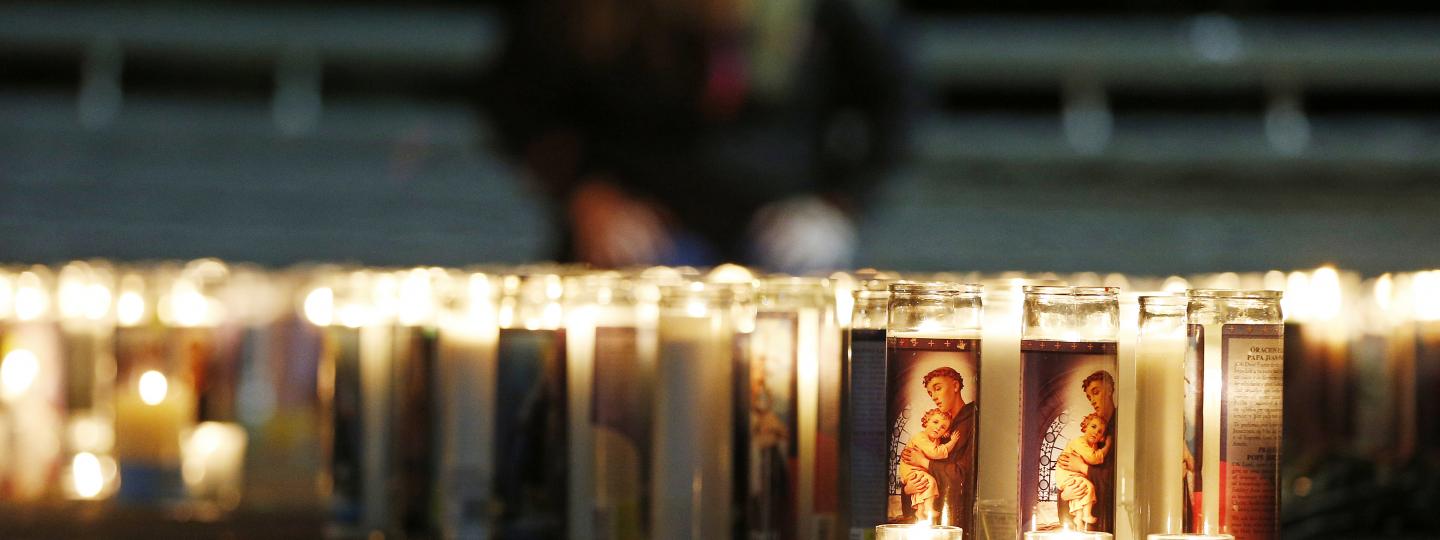Editor's note: This story was originally published in 2015.
Tracking down witnesses and victims of traumatic events is the work of journalism. We serve the public interest by documenting events thoroughly and accurately.
Here are some suggested best practices for finding sources:
- Use shared documents to coordinate with everyone you work with. It’s unnecessary to have more than one person from a news organization reaching out to the same person on the same platform.
- Go easy. One ask on Facebook and a couple of asks on Twitter is plenty. Respect the tone and tenor of the platform.
- Always aim for interviews in person or on the phone. In–person interviews lead to better, clearer information. Mediated interviews through email or via text messages often lack tone and context.
- Be honest about who you are, who you are working for and where the information will appear. Never deceive a source, either overtly or by omission.
- Be clear about the purpose of your story. Are you trying to establish a timeline, profile people involved, hold authorities accountable? If the focus of your story changes, call the sources back and let them know to ensure their contribution remains in context.
And here are some suggested best practices for interviewing victims and witnesses of trauma:
- Be extra cautious when approaching teenagers. Children are more vulnerable that adults. Consider whether a teenager needs an adult or another advocate present during an interview.
- Ask the right questions. Open ended, descriptive questions work well. They can include: What did you see? What did you do? What do you know about the people involved? How do you know these things?
- Avoid questions that ask a source to speculate beyond what he or she knows.










